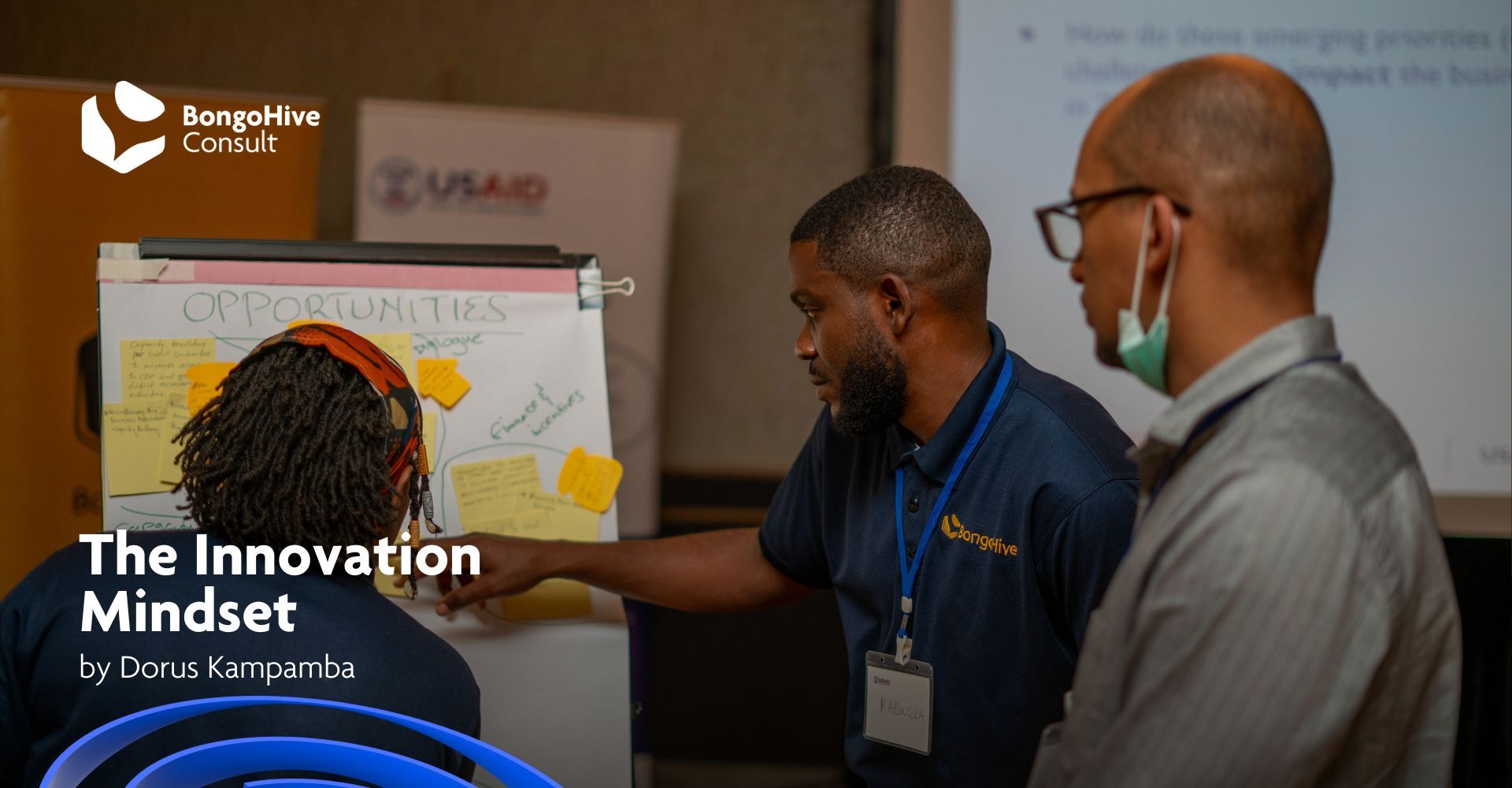
BY DORUS
Innovation is not just about having a brilliant idea. Rather it is about cultivating a specific mindset that embraces exploration, experimentation, and a willingness to learn from failures.
Key aspects of an innovative mindset:
- Curiosity sparks the initial exploration of an idea or problem. For example, Marie Curie, out of curiosity about radiography, experimented with new materials like pitchblende, ultimately discovering polonium and radium, which revolutionised science and medicine.
- Critical thinking helps refine the problem and identify effective solutions. Evidently, Henry Ford (the Assembly Line) did not just accept the existing slow and inefficient car manufacturing process. He challenged assumptions, analysed bottlenecks, and developed an innovative assembly line, revolutionising car production.
- Creativity generates new approaches and solutions that might not have been considered before. For instance, the invention of post-it notes, commonly known as ‘sticky notes.’ A 3M scientist accidentally created a weak adhesive that was not good enough for its intended purpose. However, through creative thinking, he saw potential in this “failed” product, leading to the invention of the ubiquitous post-it notes.
- Resilience allows you to overcome setbacks and persevere through challenges. For instance, JK Rowling faced rejection from multiple publishers, Rowling persevered with her Harry Potter manuscript. Her resilience and belief in her work ultimately led to one of the best-selling book series of all time.
- Collaboration brings together diverse perspectives and skills, leading to more comprehensive and effective innovations. For instance, The Wright Brothers’ success in achieving powered flight wasn’t a solo endeavour. They collaborated, leveraging each other’s skills and perspectives in aeronautics and mechanics to build their successful flying machine.
The Innovation Process
While the specifics may vary, a general innovation process often follows these key steps:
- Identify a need: Determine the problem you’re solving or the opportunity you’re capturing. For example, Apple identified a need for a mobile device combining a phone, PDA, and internet communicator due to the growing trend of mobile communication and the limitations of existing devices.
- Research and ideation: Gather information, conduct research, and explore various ways to address the identified need. Apple’s design teams researched mobile devices, user preferences, and emerging technologies, exploring concepts like touch screens, music players, and web browsing capabilities.
- Prototyping and testing: Develop a rough sketch or prototype of your solution and test it with potential users. Apple developed various iPhone prototypes with different functionalities and designs over several years. These prototypes were tested internally and with user groups to gather feedback on usability, size, and features.
- Iteration and improvement: Based on user feedback, refine, adapt, and improve your solution. Apple iterated on the iPhone design by refining touchscreen technology, improving battery life, and adding functionalities like the App Store. This iterative process ensured the final product addressed user needs and offered a superior user experience.
- Implementation and launch: Bring your final solution to market or implement it within your organisation. Apple launched the first iPhone in 2007 with a revolutionary design, an intuitive touch screen interface, and a robust app ecosystem. This launch revolutionised the mobile phone industry and set the standard for smartphones as we know them today.
Innovation in Action
Innovation is happening all around us, from groundbreaking scientific discoveries to revolutionary business models. Let us look at the innovations happening in Zambia.
Examples to spark your imagination:
- Fintech: Zambia’s mobile money ecosystem has grown exponentially, especially during the COVID-19 pandemic. With approximately 57% of Zambia’s total population using mobile money services in 2023, many Zambians, especially in rural areas, can now access essential financial services like mobile payments, money transfers, and savings through their mobile phones. <The state of mobile money in Zambia>
- Renewable energy: Innovations in solar, wind, and geothermal power are paving the way for a more sustainable future. The Bangweulu solar power plant, with a generation capacity of 54 megawatts, significantly contributes to Zambia’s renewable energy goals, reducing dependence on fossil fuels and providing cleaner energy for homes and businesses. <Scaling solar: Power on in Zambia>
Social entrepreneurship: Innovative solutions are addressing social challenges like poverty, education, and healthcare access. Duniya Healthcare connects retail pharmacies in both urban and rural areas with trusted local wholesalers and manufacturers, ensuring better availability of essential medications across the country. <Duniya Healthcare>
Are you interested in developing an innovation mindset and culture within your organisation? Contact us today at [email protected].
 BongoHive
BongoHive